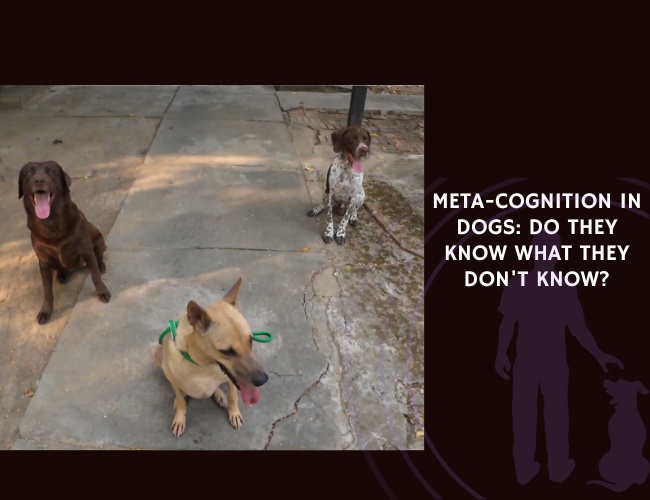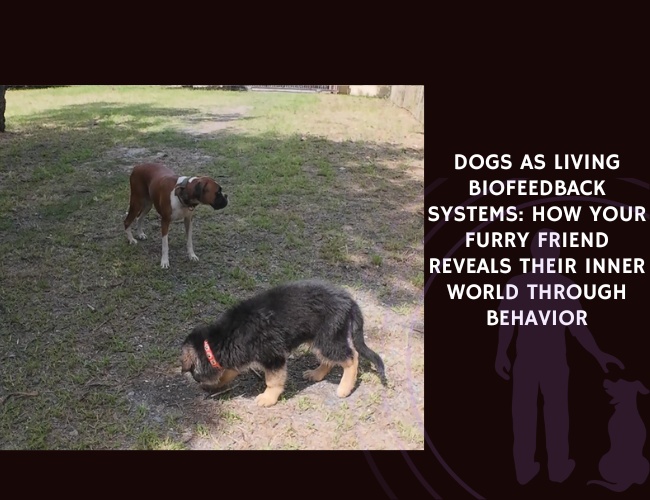Emma M. Bennett and colleagues (2019) conducted a review of 61 studies published between 1976 and 2018 that evaluated the use of conservation scent dogs for detecting rare and cryptic species. These dogs offer unique advantages over traditional survey methods, particularly for species that are difficult to observe visually or acoustically.
The review identified five key measures of performance: precision, sensitivity, effort, cost, and comparison with other techniques. However, only eight studies reported all three of the most critical metrics—precision, sensitivity, and effort. This lack of consistency prevents meaningful evaluation and comparison across different studies and contexts.
Cost differences were also noted, varying by geographic region and whether dogs and handlers were locally sourced or externally contracted. Without standardized reporting, decision-making for conservation programs that rely on detection dogs remains fragmented. The authors recommend that future research consistently include precision, sensitivity, and effort as standard reporting measures, alongside cost, survey objectives, and handler expertise.
This call for consistency aims to strengthen the credibility of conservation dog programs and ensure that these canine partners continue to play a vital role in species protection and invasive species management.
Source: Bennett, E. M., Hauser, C. E., & Moore, J. L. (2019). Evaluating conservation dogs in the search for rare species. Journal: Conservation Biology, Volume 34. Publication Date: 2019-11-07. Authors: Emma M. Bennett, Claire E. Hauser, Jane L. Moore.










